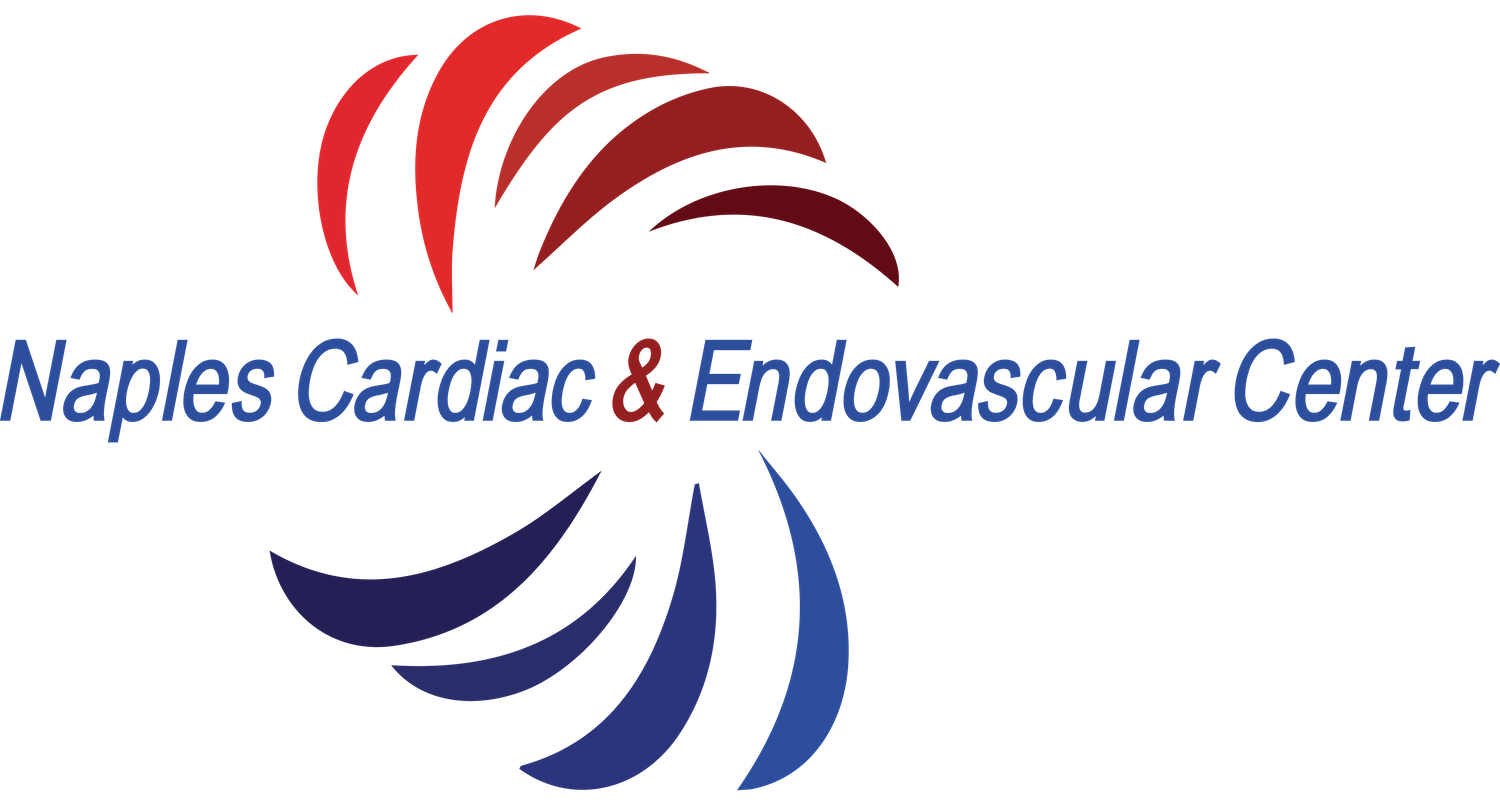What are Varicose Veins?
To truly understand what varicose veins are, it is important to first understand the function of the veins and how they work with the rest of the circulatory system. Veins are an important part of the body that take blood back to the heart, but if there is a weakening of the vein wall, this can cause pooling of the blood which leads to an enlarged and twisted varicose vein.
The Veins & The Circulatory System
The circulatory system provides blood to all the organs and tissues of the body. The heart and lungs are at the center of this system with the veins and arteries traveling through the body. The heart is a two-sided muscle that drives blood either into the lungs, from the right side, or to the body from the left side. The lungs obtain blood that has returned from the body from the right side of the heart. This allows the lungs to discard the waste, carbon dioxide, in exchange for oxygen. The blood then returns to the left side of the heart where it is pushed into the arteries to supply the body with body with oxygenated blood.
The arteries and veins are the pipes of the circulatory system, allowing for the blood to be transported around the body.To book a consultation click here or call 239-232-8528.
Arteries & Veins
Arteries have thick, muscular walls to force the blood into the organs and tissues, whereas veins are thin and collapsable. Arteries and veins are connected by capillaries, which are a small network of vessels by which the exchange of oxygen and carbon dioxide occurs. As the arteries push oxygenated blood into the capillaries, the blood without oxygen leaves the capillaries to enter the veins.
The veins then return this blood to the right side of the heart and then to the lungs to remove waste and pick up oxygen. The entire process occurs over and over.
The thick and muscular wall of the arteries allow the artery to either widen or compress. This feature of the arteries makes it easier to move blood through the body. The widening, or dilation, of the artery allows for increased blood flow and the compressing, or constriction, decreases the flow of blood.
The veins are thin-walled and loose which does not allow for the vessel to constrict or dilate like the artery. The veins move blood with the aid of muscles. As the muscles contract, or squeeze, this places pressure on the vein to help force the blood, against gravity, to the heart. Valves are present within the veins that open to allow blood to move through, but shut to prevent blood from moving backwards.
Failure of Veins Causing Varicose Veins
If the valves of the veins do not close adequately, this enable the blood to flow backwards. With the backward flow of blood, the veins are stretched, further preventing the valves from closing. This leads to more blood collecting in the vein, causing swelling. The swelling and distention of the vein eventually leads to the twisting of the vein, which is a varicose vein. The swelling and twisting is usually seen on the skin surface, and most commonly involves the legs, but can be seen any place on the body. Learn more about the causes of varicose veins.
To book a consultation click here or call 239-232-8528.
Talk to a Vein Specialist
Speak with Dr. Julian Javier, a board certified interventional cardiologist and endovascular specialist in Naples, Florida. He will discuss your medical history, perform a thorough exam, and further explain what are varicose veins, why are they affecting you and what treatments are right for you.
To book a consultation click here or call 239-232-8528.
